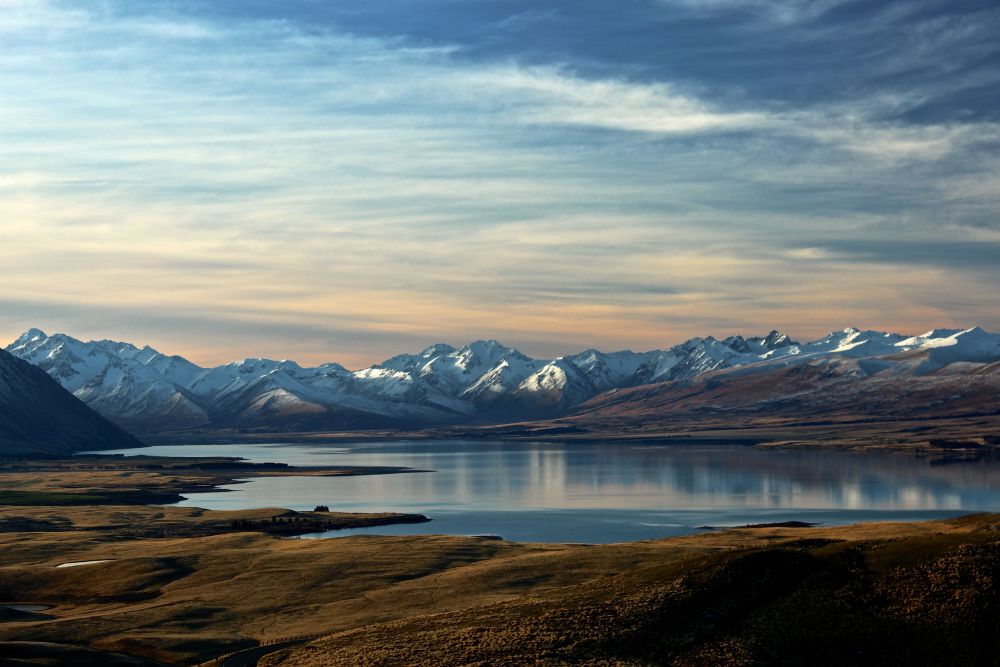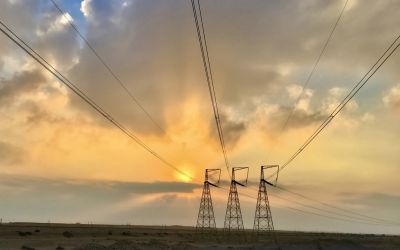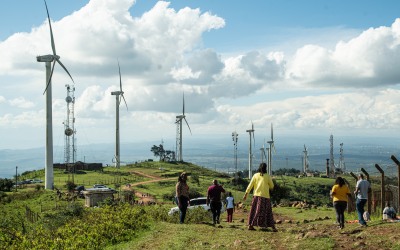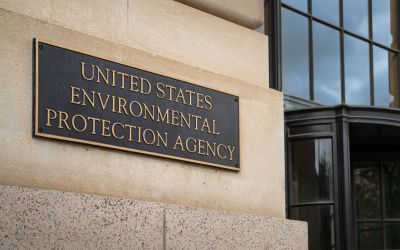New Zealand’s ‘per-person’ emissions rate is significantly higher than other countries
A new environmental report has found that New Zealand’s environment is facing a climate crisis.

A new environmental report has found that New Zealand’s environment is facing a climate crisis.
The report, commissioned by the Ministry of Environment and Stats NZ, outlines nine key areas that are in need of attention.
The data used in the Environment Aotearoa 2019 is taken from the latest environmental reports produced by MfE and Stats NZ, drawing on over 80 environmental indicators.
One of the key issues that the report highlights is the increase in greenhouse gas emissions. Despite the country only contributing a small amount to global emissions, they have a high emissions per person when compared internationally.
In 2015, New Zealand emitted 17.5 tonnes of carbon dioxide equivalent greenhouse gases per person, which was higher than all but five of the 43 Annex I (industrialised) countries.
Road vehicles are the main source of carbon emissions in the country but they also have a large proportion of methane and nitrous oxide from agriculture.
A high rate of per-person emissions compared with other industrialised countries carries a reputational risk because international trade and tourism are strongly linked to the country’s environmental credentials.
Another issue that the report depicted was the loss of biodiversity. The biodiversity of Aotearoa New Zealand is unique and vulnerable to changes we make to the environment, many of the species found here are found nowhere else in the world.
The report found that at least 75 plant and animal species have become extinct since humans arrived in the country. Marine species are significantly at risk, with 90 per cent of seabirds and 45 per cent of mammals.
This is down to a several different factors, including an expansion in farming and urban areas which have caused forests to be cleared and wetlands to be drained, affecting habitats and putting species at risk.
The report also highlights the effect of climate change in affecting biodiversity, changing the conditions on where species are found. Already, they have changed the conditions of invasive pests like wasps can live.
Secretary for the Environment Vicky Robertson, said: “This report provides a health check on our environment and shows it’s under pressure in many places – in our towns and cities, rivers and oceans. If we want to protect the things we value, now and for future generations, we need to focus our attention on the choices we can make from here.”
Read the full report here.






